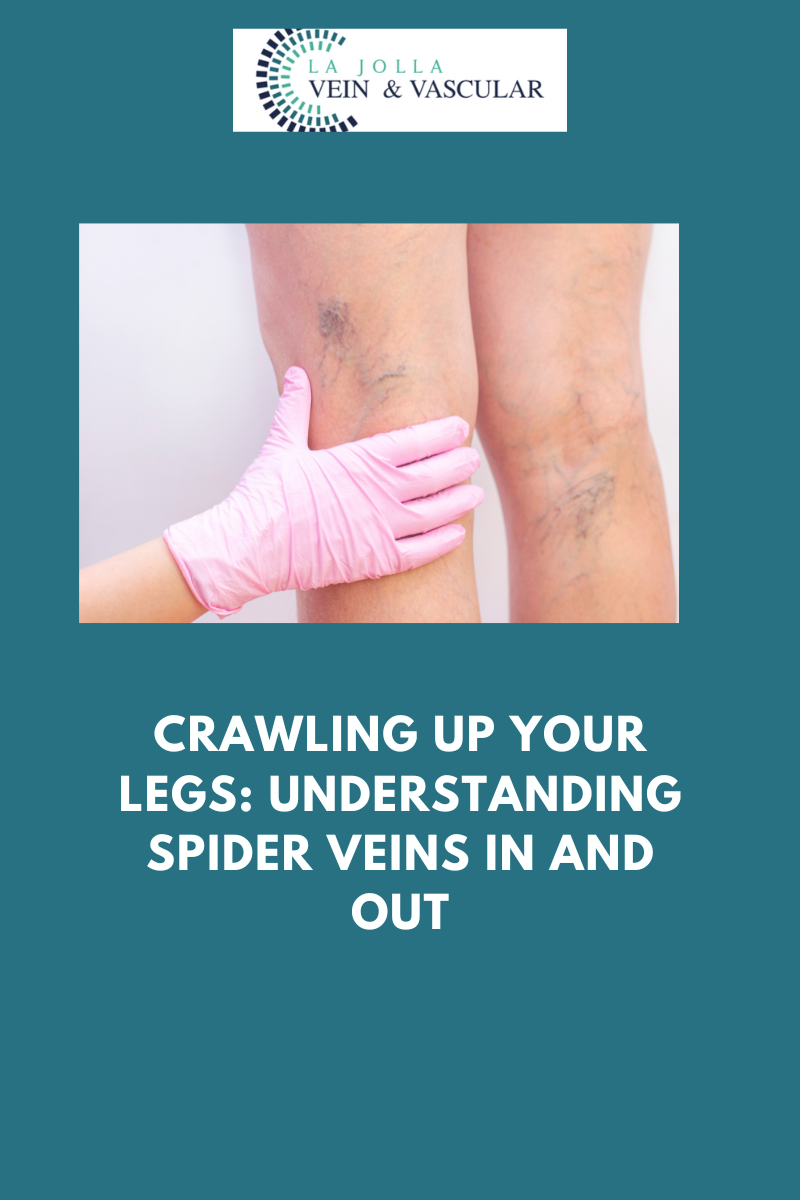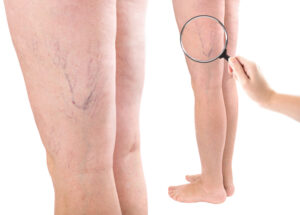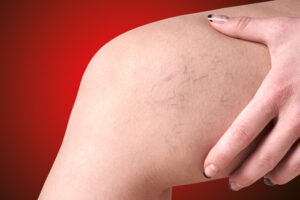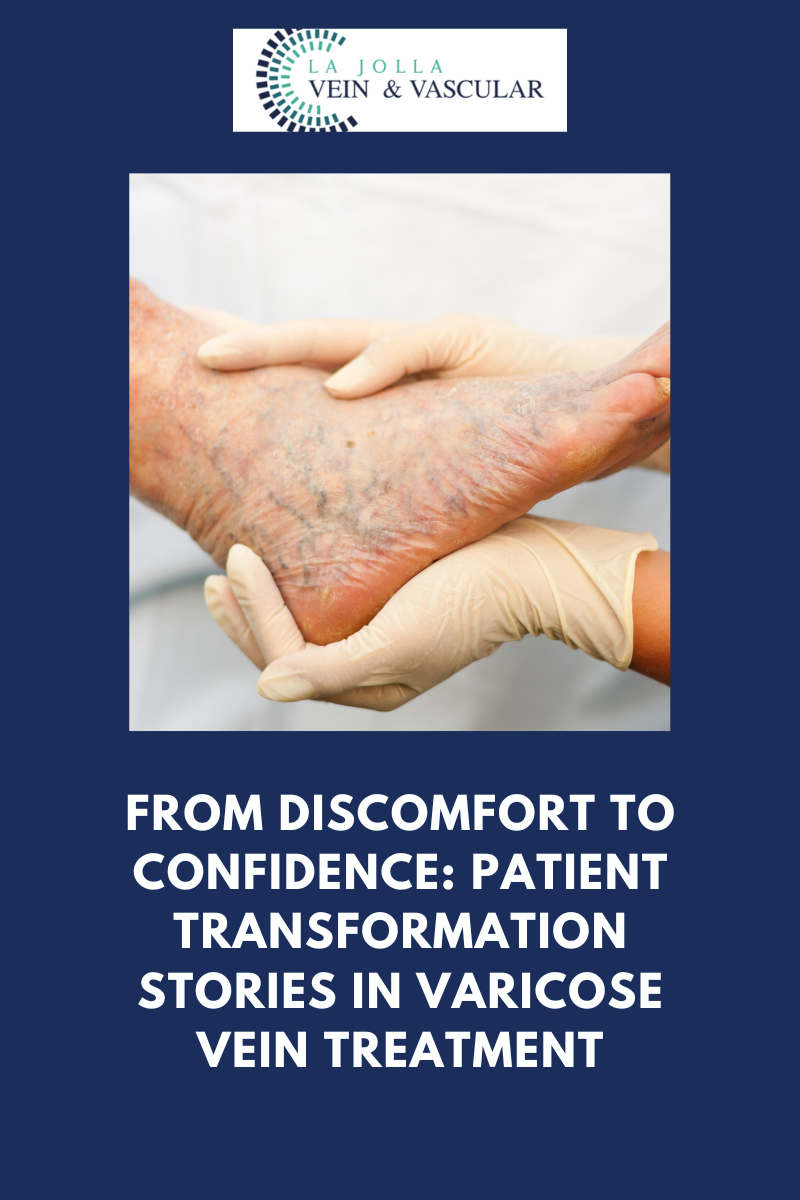Crawling up your legs: Understanding spider veins in and out

Crawling up your legs: Understanding spider veins in and out

Spider veins, those delicate reddish veins that grace the skin’s surface, can indeed be a source of cosmetic concern for many individuals. Despite often being regarded as a minor issue, spider veins can offer insights into underlying problems that extend beyond their aesthetic appearance. In this article, we embark on a journey into the realm of spider veins, delving into their origins, symptoms, and the most efficacious treatment options available. Let’s unveil the truth about these tiny veins and discover how to effectively manage them.
Deciphering Spider Veins
Spider veins, also scientifically known as telangiectasias, manifest as fine, thread-like veins that intricately weave a web-like pattern just beneath the skin’s surface. These veins may present themselves in a spectrum of colors, ranging from red and blue to purple. While they may appear innocuous, spider veins can potentially unveil more about your vein health than meets the eye.
The Link to Feeder Veins and Venous Insufficiency
Although spider veins themselves aren’t typically categorized as a major health concern, they can be closely linked to less visible feeder veins or reticular veins. These feeder veins are often connected to more prominent veins and may serve as indicators of venous insufficiency—a condition wherein veins struggle to efficiently transport blood back to the heart. For instance, when spider veins appear in specific areas like the inner ankles or inner thighs, it could be indicative of an underlying issue with the saphenous vein. Medical experts may recommend ultrasound examinations to precisely pinpoint and effectively address the source of these veins.
Recognizing the Telltale Symptoms
Spider veins can manifest differently in individuals. While some may perceive them as a purely cosmetic concern without any physical discomfort, others may encounter symptoms such as a burning sensation, throbbing, localized pain, itchiness, and, in more severe instances, even bleeding. Being vigilant about these symptoms is crucial in determining the appropriate steps for managing and treating spider veins.
Uncovering the Culprits
On the legs, these veins often share a common cause with varicose veins—dysfunctional vein valves. When these valves fail to prevent the pooling of blood within the veins, it leads to their expansion and elongation. Conversely, spider veins on other parts of the body, such as the face and chest, can arise from factors like sun damage, hormonal fluctuations, or liver disease. Hormonal changes resulting from pregnancy, birth control use, or hormone replacement therapy can weaken vein walls, rendering them susceptible to the emergence of spider veins.

Identifying Those at Risk
Numerous factors can heighten an individual’s susceptibility to developing spider veins. These risk factors include genetic predisposition, pregnancy, female gender, advancing age, excess body weight, hormonal imbalances, and extended periods of sitting or standing. Recognizing these risk factors can aid in both prevention and early intervention.
Effective Treatment Choices
For those seeking relief, a range of treatment options awaits. The most prevalent approach for addressing spider veins on the legs is sclerotherapy. This procedure entails the injection of a liquid sclerosant medication into the affected veins, prompting their closure, scarring, and eventual fading. Typically, multiple sessions are recommended for optimal results. While lasers can also be employed to target fine spider veins, sclerotherapy remains the gold standard for spider vein treatment due to its effectiveness.
Though spider veins may seem like a minor concern, they can provide valuable insights into your vein health. Whether your concern lies in their appearance or you’re experiencing discomfort, it’s essential to fathom the potential underlying causes and seek appropriate treatment. By addressing spider veins with early intervention and effective treatments like sclerotherapy, you can not only enhance their appearance but also promote better overall vein health. Remember, caring for your veins is an investment in your well-being, one that yields dividends in both comfort and confidence.
“Bringing Experts Together for Unparalleled Vein and Vascular Care”
La Jolla Vein & Vascular (formerly La Jolla Vein Care) is committed to bringing experts together for unparalleled vein and vascular care. Nisha Bunke, MD, Sarah Lucas, MD, and Amanda Steinberger, MD are specialists who combine their experience and expertise to offer world-class vascular care. Our accredited center is also a nationally known teaching site and center of excellence.
For personalized treatment information or to schedule a consultation, feel free to call us at 858-550-0330. We’re here to help!
Interested in learning more about vein and vascular care? Visit our YouTube Channel for in-depth videos, or explore our website at ljvascular.com for comprehensive insights.
Curious about varicose veins and how to address venous insufficiency? Stay connected with us on Instagram and TikTok for fun, educational videos and the latest tips.
For even more expert advice and helpful articles, check out our clinic’s blog where we regularly share valuable content!





